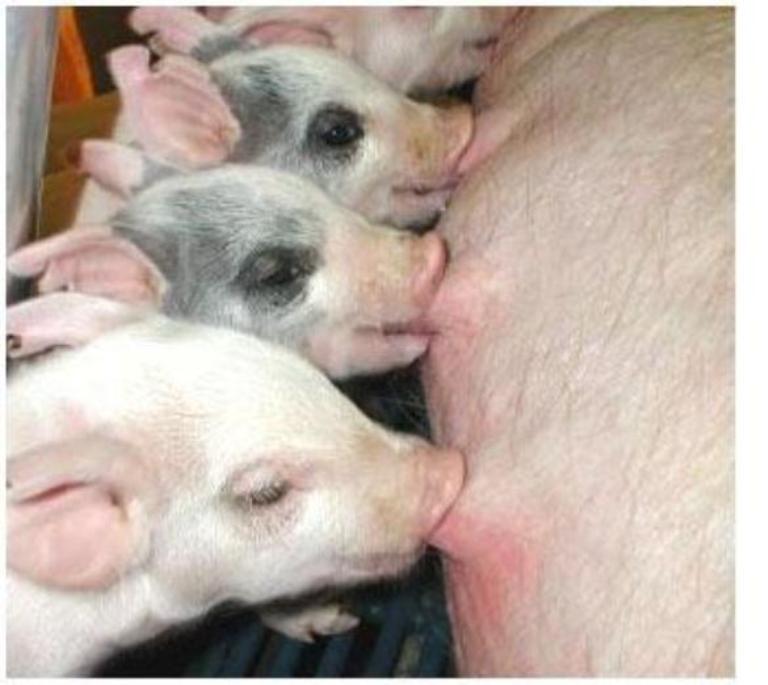University of California researchers probed multiple studies of nutrient requirements in sows during lactation to learn how factors such as litter size and piglet weight gain affect milk production in sows.
July 30, 2012

University of California researchers probed multiple studies of nutrient requirements in sows during lactation to learn how factors such as litter size and piglet weight gain affect milk production in sows.
Researchers were investigating better ways to model milk yield. Current models only predict average milk yield, but milk yield changes during lactation. Plus, a sow’s nutrient requirements also vary during lactation, meaning it is important to have reliable milk yield predictions.
The University of California at Davis study looked at analyzing data to get more comprehensive results.
“The milk composition is easy to measure, because you only need a sample of the milk, whereas, it is very difficult to measure the daily milk production since you cannot milk a sow like a dairy cow,” says Anja Hansen, researcher and coauthor of the study.
Sows utilize energy during lactation, often in the form of stored body fat. Researchers are examining new ways to meet energy requirements to reduce excess loss in body weight during lactation and to improve sow health and longevity.
In the study, researchers found that larger piglet litters lead to more milk production in sows. Larger litter size can also increase piglet weight gain because more mammary glands are used during feeding. Sows that had already given birth to previous litters tended to have larger litters later, according to researchers.
Based on studying how variations in litter size affect milk production, the researchers found that many nutrient requirement recommendations for sows are either underestimated or overestimated.
“The common practice today is that the sows are fed the same diet during the entire lactation period. But maybe they should be fed more energy or nutrient-dense diets during the first week, because they cannot eat enough to cover the requirement. These new feeding strategies could provide piglet growth and longevity of the sow and thereby the economy of the producer,” Hansen says.
Hansen says new feeding strategies could improve piglet growth and help sows live longer. Better growth and longevity improve the economic viability of farms.
The report published in the Journal of Animal Science includes an excel spreadsheet that allows producers to enter the litter size and average litter gain to see the milk production curve that would aid in nutrient requirement calculations. Hansen says a limiting factor may be the ability for producers to realistically feed sows multiple diets.
The study, “Predicting milk yield and composition in lactating sows: A Bayesian approach,” was conducted by A.V. Hansen, A.B. Strathe, E. Kebreab, J. France and P.K. Theil This article was derived from a report prepared by Lauren Williams for the American Society of Animal Science’s “Taking Stock” newsletter.
You May Also Like



